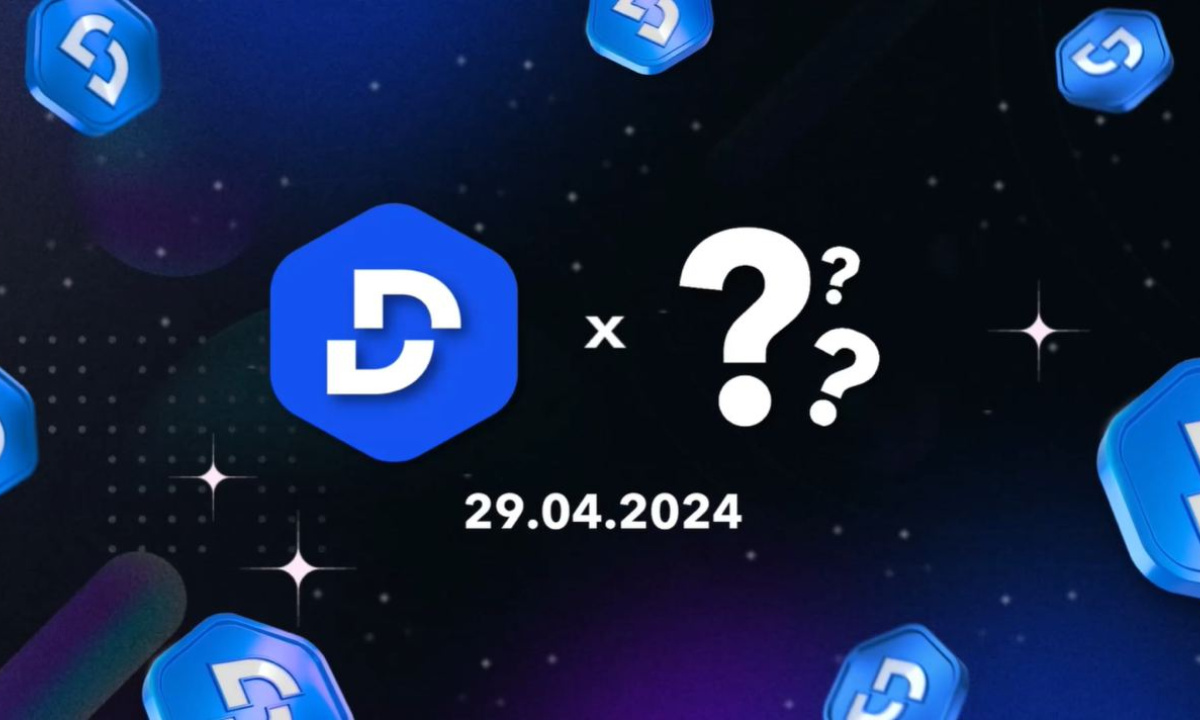Bitcoin is a product that exists through innovation. It’s not a static product, it is one that will always improve and will always be subject to new ideas and upgrades. Often, these come in the result of forks, these are network changes that take place in order to run big upgrades that can change the network, when this happens, a spin off cryptocurrency is created, pushing the likes of Bitcoin Cash and Bitcoin Gold into existence. Investopedia offers a very detailed description of this process, known as a Hard Fork:
“A hard fork (or sometimes hardfork), as it relates to blockchain technology, is a radical change to the protocol that makes previously invalid blocks/transactions valid (or vice-versa). This requires all nodes or users to upgrade to the latest version of the protocol software. Put differently, a hard fork is a permanent divergence from the previous version of the blockchain, and nodes running previous versions will no longer be accepted by the newest version. This essentially creates a fork in the blockchain: one path follows the new, upgraded blockchain, and the other path continues along the old path.”
There has long been talk about one such upgrade adding a time vault style solution to the Bitcoin blockchain, one that means once a user has spent Bitcoin, they must wait an allocated amount of time before spending again, it’s a similar concept to what one might find in bank vaults, once the vault has been opened and closed, it can’t be re-opened for a set amount of time in order to improve security.
Bryan Bishop, a Bitcoin Core developer who works on the Bitcoin blockchain has recently sent out an email with further details about how this vault idea could work, in his email, Bishop states:
“Vaults are particularly interesting as a bitcoin cold storage security mechanism because they enable a publicly observable delay period during which time a user could be alerted by a watchtower that a thief might be in the process of stealing their coins. The idea is to have a sequence of pre-generated pre-signed transactions that are generated in a certain way. The basic components are a vaulting transaction that locks coins into a vault, a delayed-spend transaction which is the only way to spend from a vault, and a re-vaulting transaction which can recover/clawback coins from the delayed-spend transaction.”
Unlike many upgrades though, this would not require a fork of the network. This is because the capacity for a time lock style system already exists within the core code of Bitcoin, therefore in theory this is an element that developers could roll out pretty quickly, should the community decide that this is a positive course of action.
Investment Disclaimer






